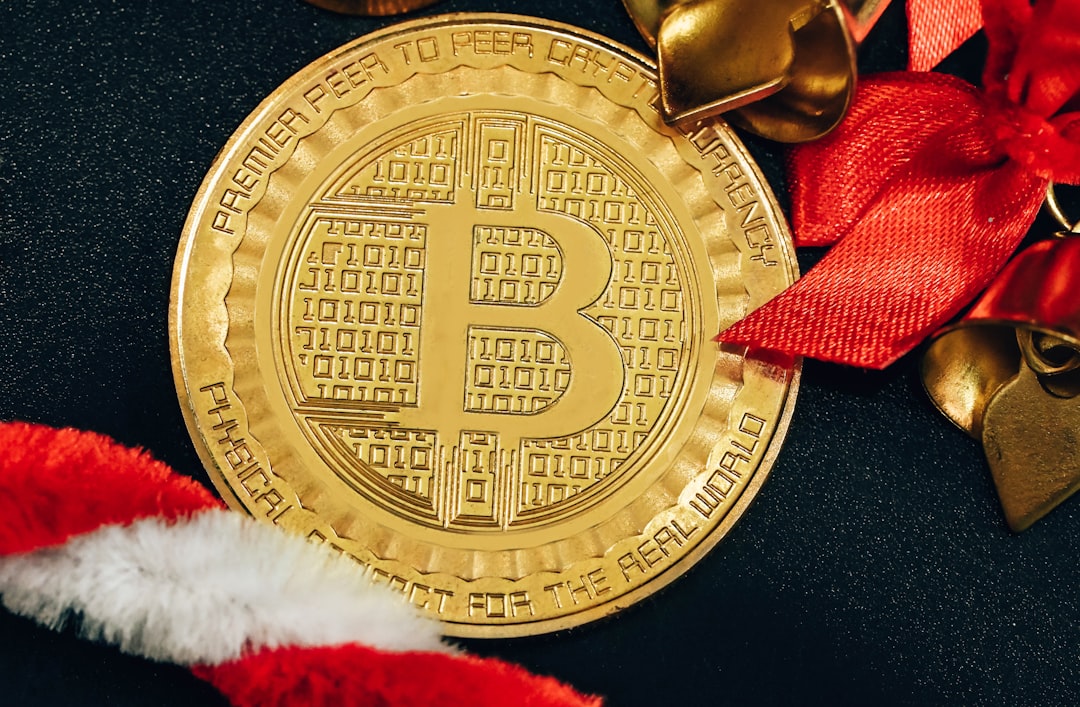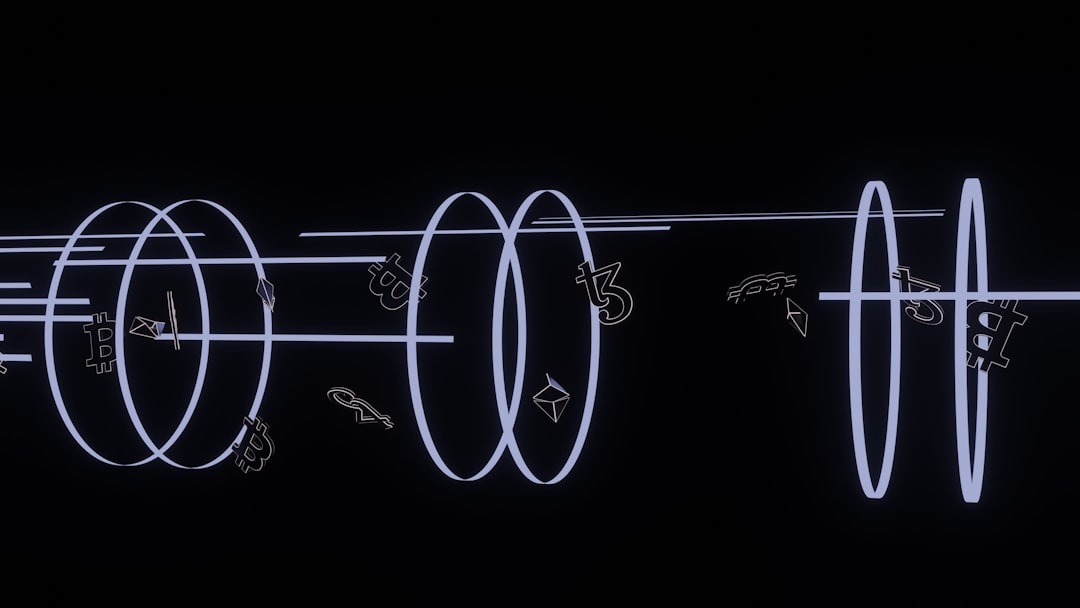The world of art has witnessed a notable surge in interest & acceptance of NFT (Non-Fungible Token) art in recent times. Digital artworks that are bought and sold through blockchain technology, which guarantees each piece’s authenticity and uniqueness, are referred to as NFT art. This new medium has given artists more opportunities to express their creativity and interact creatively with audiences.
Key Takeaways
- NFT art is increasingly being used as a platform for social commentary.
- NFT art has the power to address societal issues and provoke thought.
- Rising artists are shaping social commentary through their NFT art.
- Collectors play a crucial role in supporting NFT art with social commentary.
- NFT art has the potential to drive social change and shape the future of art.
Its ability to provide a forum for social commentary is one of the most intriguing features of NFT art. The process of addressing and criticizing societal issues via artistic expression is known as social commentary in art. It gives artists the chance to question the status quo, throw light on significant issues, and start dialogues that may result in constructive change. Numerous factors, such as the growing digitization of our environment and the demand for distinctive and collectible digital assets, have contributed to the rise of NFT art. NFT art gives creators a fresh opportunity to make money off of their creations and connect with a worldwide market.
Its distinctive qualities—like the capacity to establish ownership and the possibility of royalties—have drawn the attention of both collectors and artists. NFT art has gained popularity as a social commentary medium as well. A wide range of societal issues, such as social inequality, political unrest, climate change, and mental health, are being addressed by artists through this digital platform.
Artists are able to elicit strong feelings & complex messages from their audience by utilizing the power of visual storytelling. Many noteworthy NFT pieces have effectively addressed social issues. For instance, the burning Capitol building in Beeple’s digital artwork “Crossroads” represents the political unrest and division in the United States.
The record-breaking $6.6 million that this artwork brought in as an NFT shows how much demand there is for art that both reflects and comments on current events. In ways that traditional art forms might not be able to accomplish, NFT art has the ability to increase awareness and initiate conversations about societal issues. Compared to physical artworks on display in galleries or museums, NFT art can reach a wider audience because of its digital nature, which makes it easy to share and disseminate across numerous online platforms. NFT art can also be immersive and interactive, giving viewers a one-of-a-kind & captivating experience.
Multimedia components like sound, animation, & virtual reality can be incorporated by artists to increase the impact of their social commentary. The dynamic and interactive qualities of NFT art have the power to enthrall spectators and provoke thought about the topics being discussed. Numerous NFT pieces of art have had a big influence on social issues. In opposition to the commercialization of art, a physical Banksy piece was set on fire.
Burnt Banksy, a group of artists, recreated the artwork digitally, titled “The Burned Banksy.”. An argument concerning the relative merits of digital and physical art, as well as the significance of authenticity in the art market, was spurred by this NFT piece. NFT art provides a forum for up-and-coming artists to discuss social issues and make a name for themselves in the art community. The NFT art market is more open and democratic than traditional art markets, which can be closed off and challenging to enter.
Without the need for middlemen, artists can present their work to a worldwide audience directly. Thanks to the democratization of the art world, up-and-coming artists are now able to use NFT art to make powerful social commentary. They can openly voice their opinions on hot-button topics, question accepted wisdom, & participate in significant discussions. Up-and-coming musicians are inspiring change and making a difference with their originality and voices. For instance, artist X produces NFT pieces that investigate representation and identity. They dispel cultural myths and promote inclusivity & diversity via their artistic creations.
By utilizing the potential of NFT art, X has been acknowledged & rewarded by an expanding group of art aficionados who identify with their message. Analyzing particular works of art that have pondered & addressed social issues in a novel way is crucial to fully appreciating the influence of NFT art with social commentary. In addition to creating waves in the art world, these pieces of art have prompted significant discussions about social issues. “The Last Whale” by artist Y is one example of such a piece. Symbolizing the destructive effects of human activity on marine life and the environment, this NFT artwork shows a majestic whale swimming in a sea of plastic waste. Y encourages viewers to consider their own actions and brings attention to the pressing need for environmental conservation through this striking visual representation. “Invisible Chains,” created by artist Z, is another provocative piece of NFT art.
Augmented reality is used in this artwork to give viewers a fully immersive experience. Perceived via a smartphone or tablet, the artwork displays concealed chains encircling the bodies of people, symbolizing the imperceptible societal limitations that curtail individual autonomy and sustain societal disparities. Z’s artwork pushes spectators to acknowledge these imperceptible chains and take steps to break them. In order to produce NFT art that tackles social issues in novel and creative ways, technology is essential to artists.
Since NFT art is digital, artists can experiment with different media, methods, and tools to effectively communicate their ideas. Artists have the ability to utilize virtual reality (VR) technology to craft immersive experiences that immerse viewers in diverse worlds & viewpoints. With the use of technology, artists are able to create realistic scenarios that inspire empathy & understanding. Artists can have a bigger impact on social issues by drawing viewers in and evoking strong emotions in them.
Artists can also utilize machine learning algorithms & artificial intelligence (AI) to evaluate and comprehend vast quantities of data pertaining to social issues. Through the use of data, artists can make new discoveries about patterns, trends, and insights that can inform their artistic creations & offer a different viewpoint on challenging societal issues. Support for NFT art that tackles social issues comes largely from collectors. Collecting and exhibiting works of art that address significant issues allows collectors to leverage their power to magnify the message of these pieces & effect constructive change. Collectors are able to actively seek out NFT pieces that reflect their beliefs and show support for artists who are using their art to change the world.
They can also promote and display these pieces of art through their networks and platforms, which will aid in bringing up social issues and igniting dialogue about them. Already, a number of collectors have shown their support for NFT artists that tackle social issues. A collector of NFT artworks that emphasizes environmental sustainability, for instance, has amassed a varied collection. A has encouraged people to think about how their actions affect the environment and to support artists who promote a greener future by curating and sharing their collection.
Social change can be greatly accelerated by NFT art in the future. Artists will have even more tools and opportunities to address new social issues & meaningfully interact with audiences as platforms and technology continue to advance. NFT art can keep developing and changing to tackle emerging social issues. Within NFT art, artists can respond to current affairs and enduring social issues by utilizing its flexibility and interactivity. Artists can produce works of art that move viewers to action by keeping a pulse on social issues.
Artists can, for instance, use NFT to explore the effects of the virus on people, communities, & the environment as the world struggles with the COVID-19 pandemic. These pieces of art have the power to inspire viewers to band together and support one another through these trying times by serving as a reminder of the resiliency & strength of humanity. Readers can subscribe to a newsletter that highlights NFT art with social commentary in order to stay up to date on the newest works that tackle social issues. In addition to artist interviews and insightful analyses of the social issues being covered, this newsletter can offer regular updates on recently created artwork. Readers who subscribe to the newsletter will learn more about the relationship between art and social commentary and will be introduced to up-and-coming artists who are using NFT art to change the world.
Collectors, art lovers, and anybody else curious about how art can transform society can find great value in the newsletter. In conclusion, NFT art has become a potent medium for social commentary, giving creators the chance to critically examine & comment on societal issues in fresh and significant ways. NFT art has the power to create dialogue, inspire positive change, and raise awareness through the use of technology, interactivity, and visual storytelling. People must support artists who are using their creativity and voices to address social issues as NFT art becomes more and more popular.
People can help create a society that is more inclusive, compassionate, and egalitarian by gathering and promoting NFT artworks that make social commentary. NFT art has enormous potential to improve the world. We can all contribute to a better future by accepting this transformative art form & actively addressing the social issues it raises. Together, we should honor the influence of NFT art & the artists whose works are forming social commentary.
If you’re interested in exploring thought-provoking works by rising artists in the world of NFT art, you won’t want to miss this related article from the NFT Newsletter. In their piece titled “Social Commentary in NFT Art: Exploring Thought-Provoking Works by Rising Artists,” they delve into the fascinating intersection of social commentary and digital art. From examining the impact of technology on society to addressing pressing social issues, these artists are pushing boundaries and sparking important conversations. To read more about this captivating topic, check out the article here. And for more insightful content on NFTs, be sure to visit the NFT Newsletter’s homepage here or explore their other articles like “Test” here.
FAQs
What is NFT art?
NFT art refers to digital art that is authenticated on a blockchain, making it unique and one-of-a-kind. NFT stands for non-fungible token, which is a type of cryptocurrency that represents ownership of a digital asset.
What is social commentary in art?
Social commentary in art refers to the use of art to critique or comment on social issues, such as politics, culture, and society. It is a way for artists to express their opinions and perspectives on important topics.
What are some examples of social commentary in NFT art?
Examples of social commentary in NFT art include works that address issues such as climate change, social justice, and the impact of technology on society. These works often use symbolism and metaphor to convey their message.
Who are some rising artists creating social commentary in NFT art?
There are many rising artists creating social commentary in NFT art, including Trevor Jones, Mad Dog Jones, and Fewocious. These artists use their unique styles and perspectives to create thought-provoking works that address important social issues.
How is social commentary in NFT art different from traditional art?
Social commentary in NFT art differs from traditional art in that it is often more accessible and democratic. NFT art can be easily shared and viewed online, allowing for a wider audience to engage with the work. Additionally, NFT art is often more experimental and boundary-pushing than traditional art, as it is a relatively new medium.









